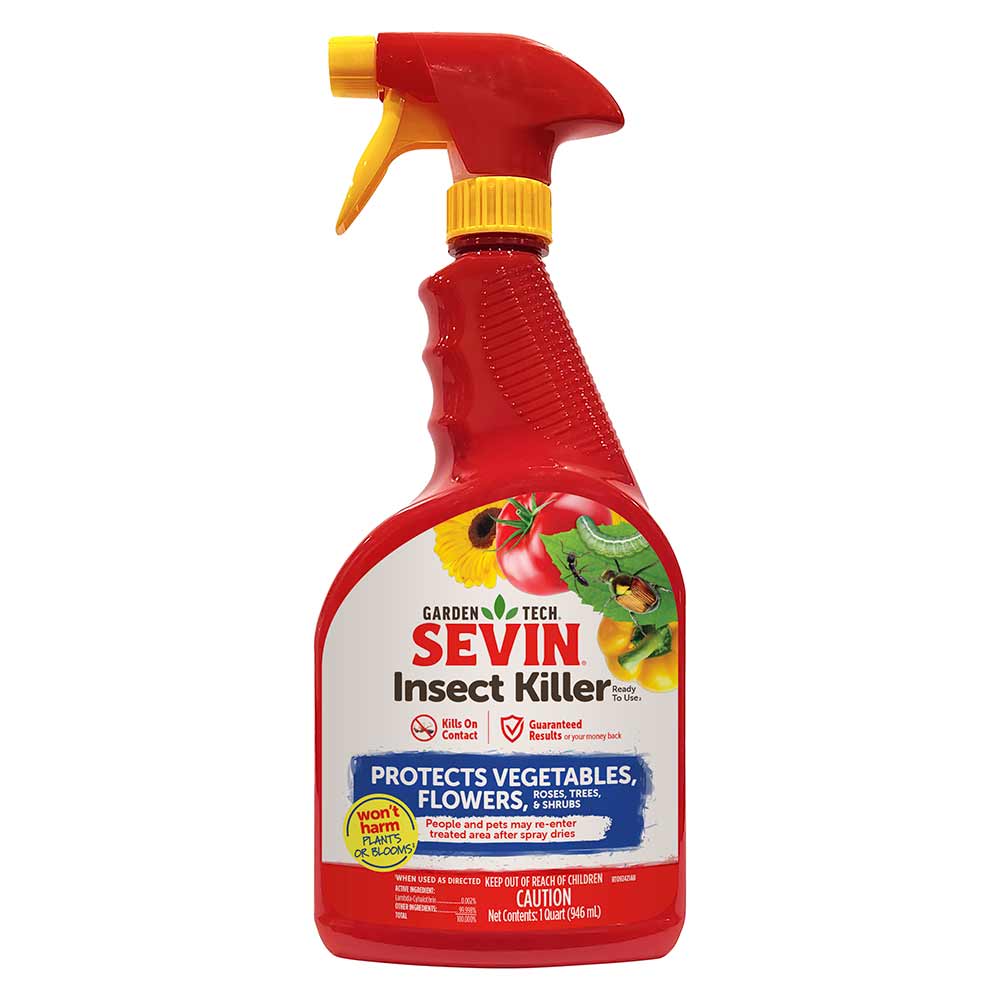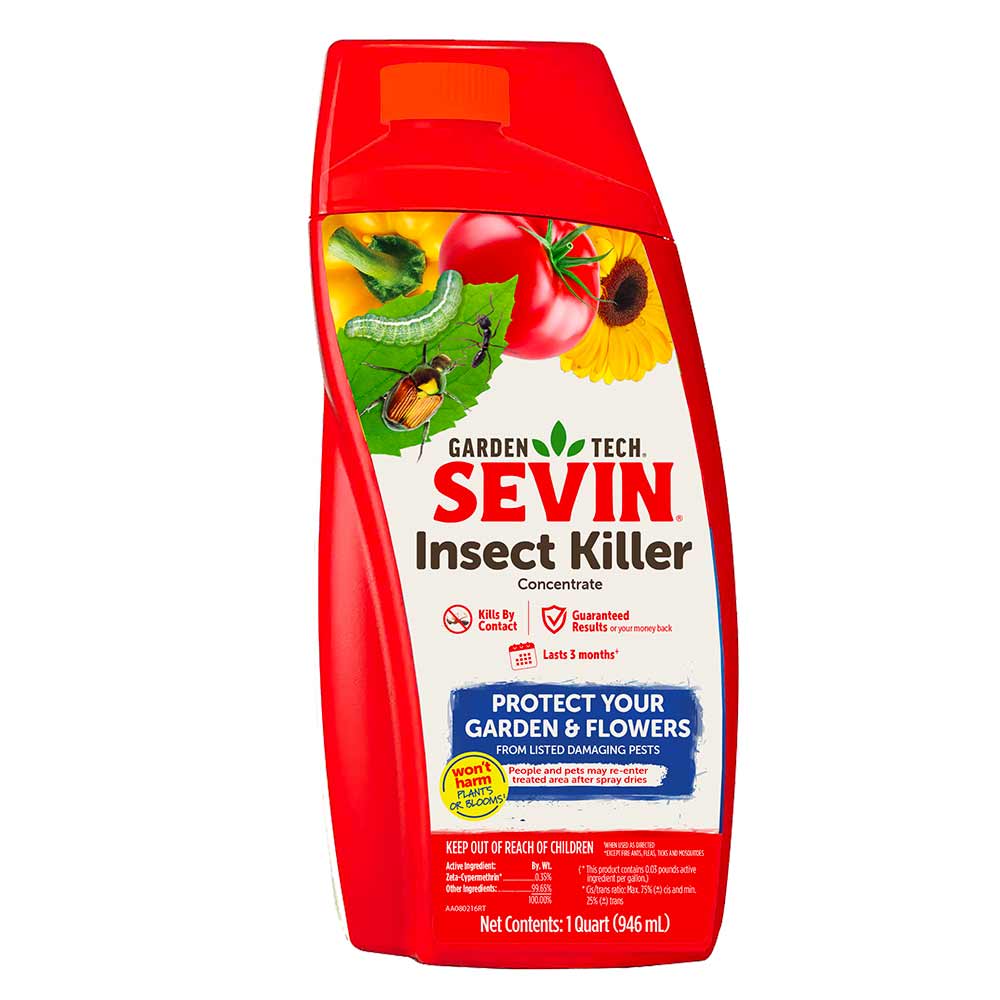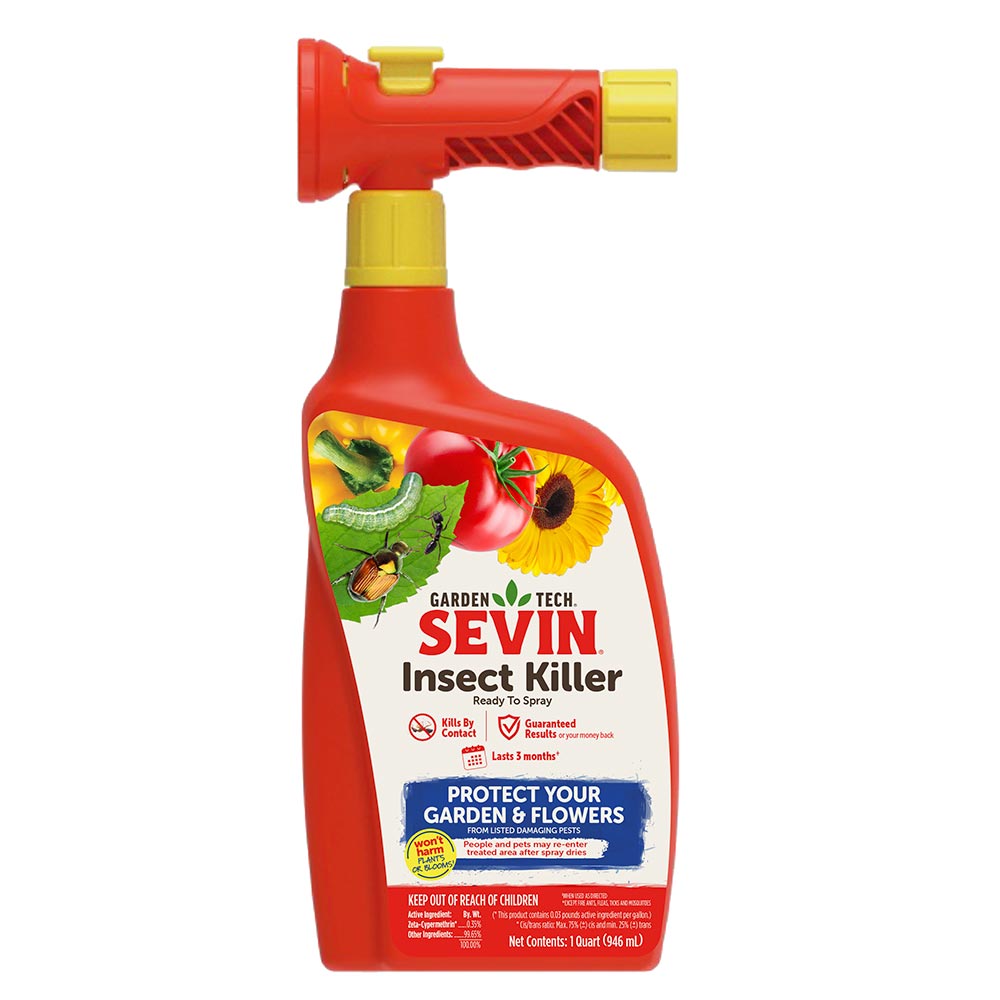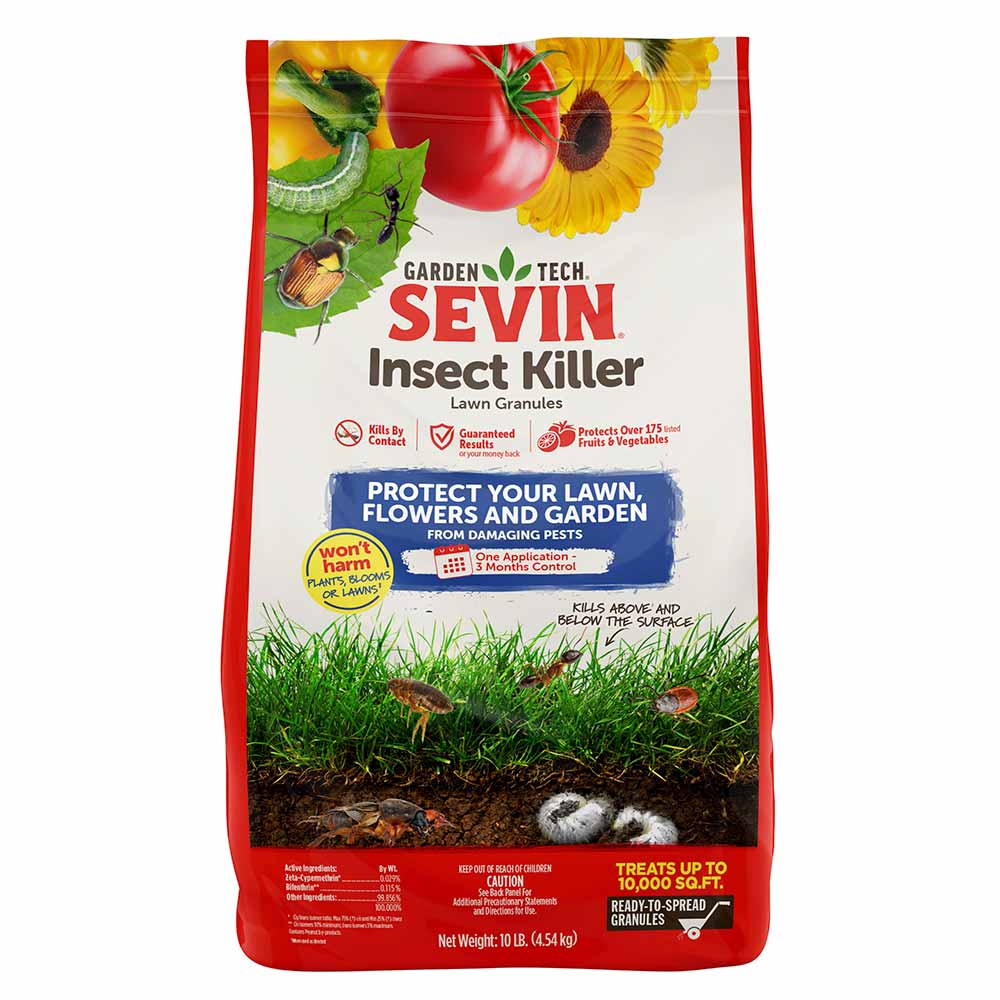Earwigs


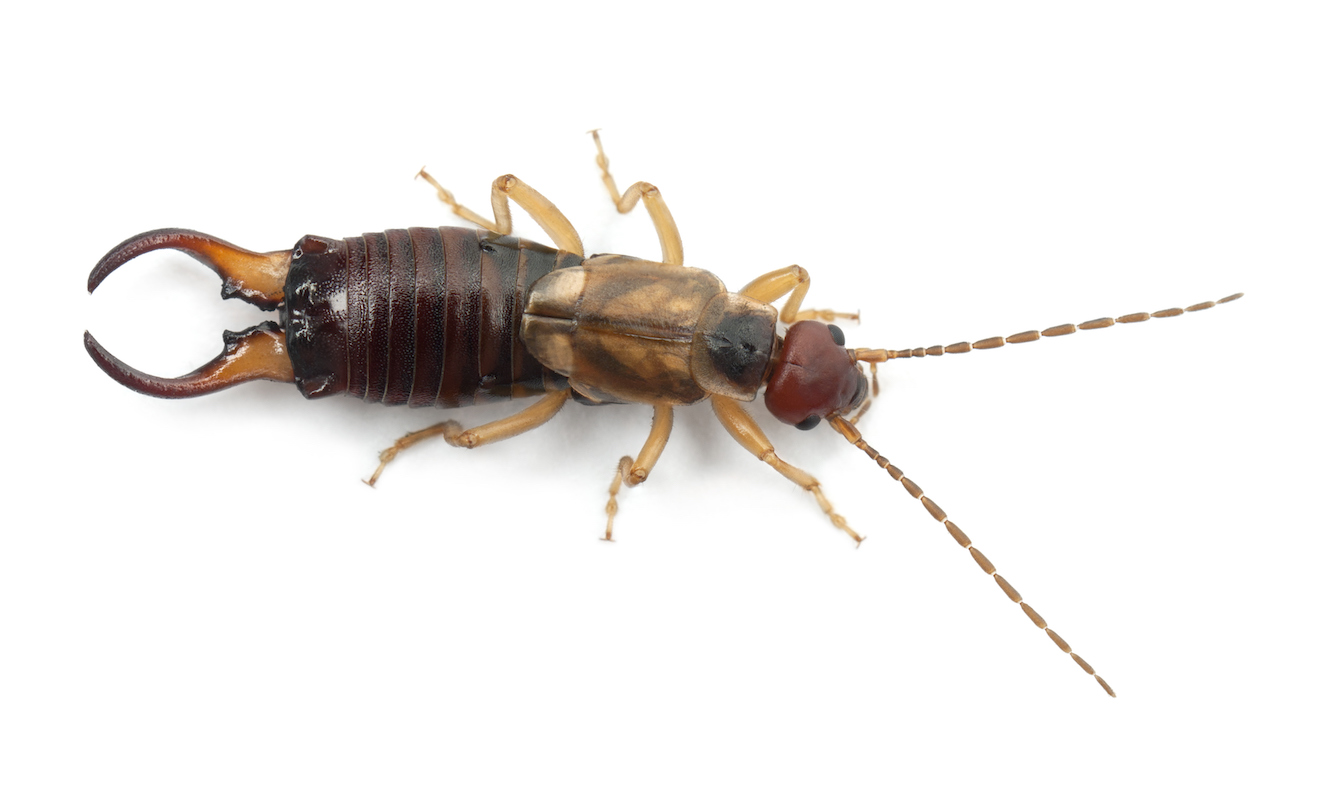
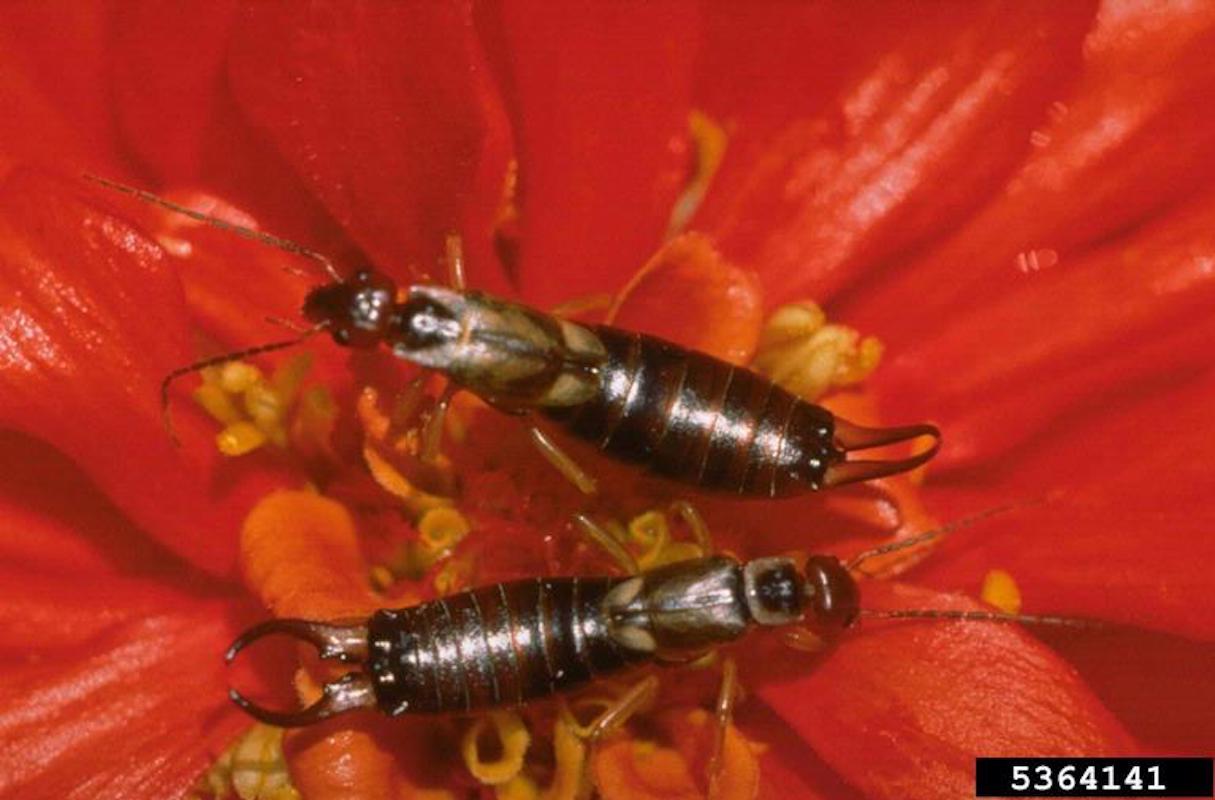

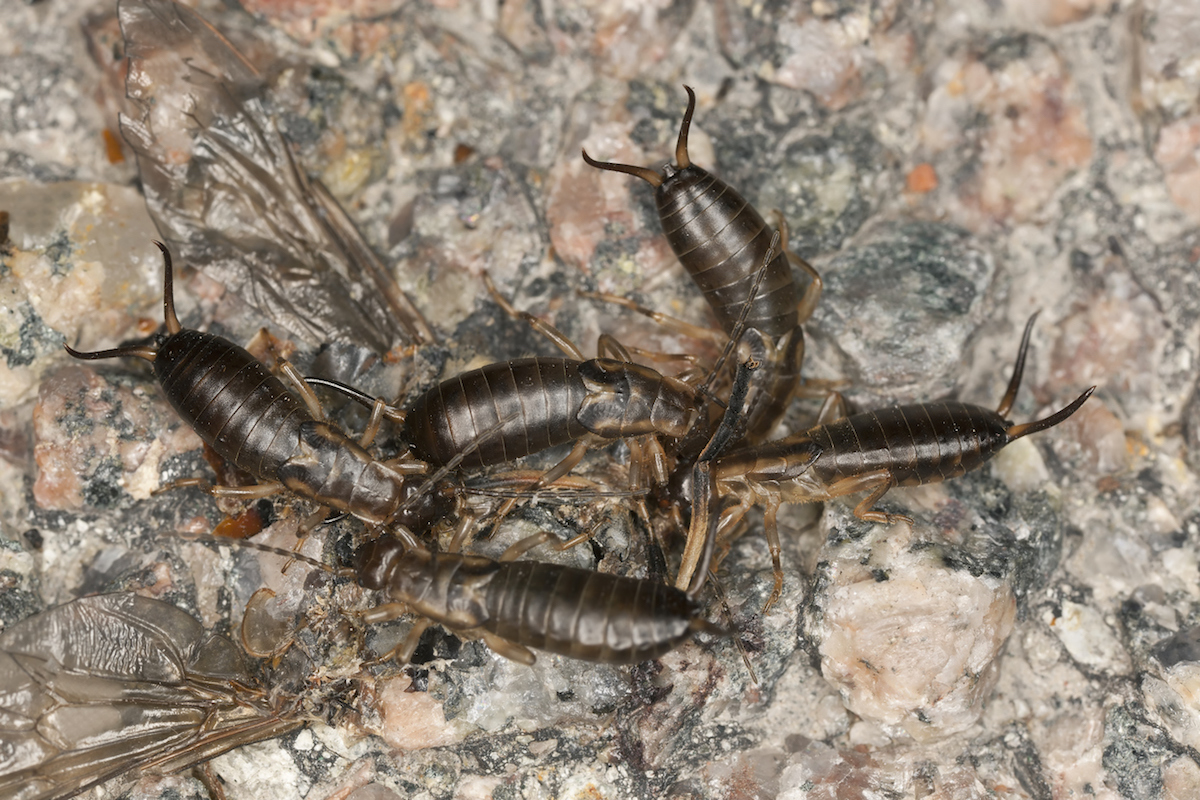
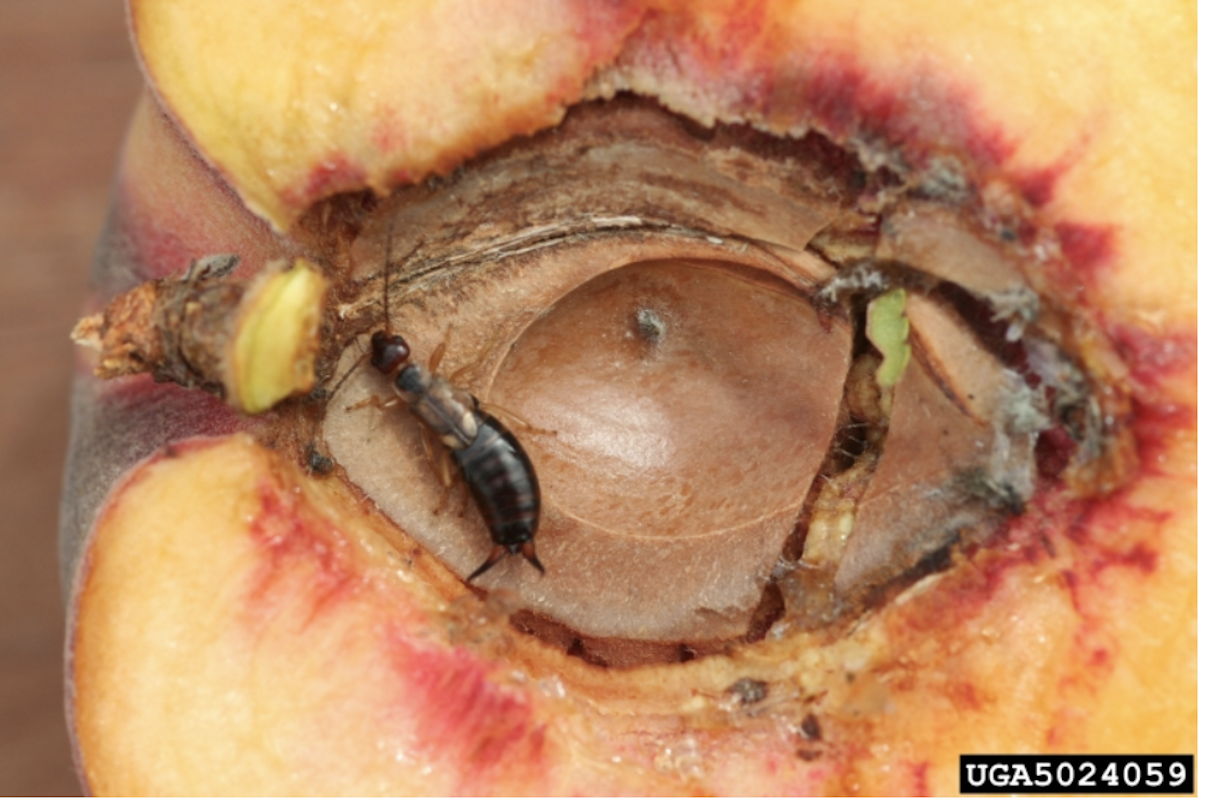
Earwig folklore claims these fierce-looking insects climb into the ears of sleeping humans. Facts don't support those tales, but European earwigs have become unwelcome pests in homes and gardens throughout the United States. Large numbers of these invasive European natives enter homes during hot, dry summers in search of cool, moist hiding places. Outdoors, they hide in damp spots during daylight and damage garden plants at night.
Earwig Identification: Adult earwigs are reddish-brown insects about 3/4 inch long with forceps-like pinchers on their abdomen tips. Immature earwigs are smaller and lighter in color, but very similar to adults in appearance. Male earwig pinchers are thick, curved and slightly separated, while female and immature earwigs have straighter, thinner pinchers. Favorite daytime spots include damp leaf debris or garden mulch and moist areas under container plants and saucers.
Signs/Damage of Earwigs: In homes, earwigs are nuisance insects that don't damage anything but peace of mind. Some years, they enter in large numbers, but they don't live long indoors. Even so, their nighttime activities and the menacing look of their pinchers is disconcerting. They may also emit a foul-smelling liquid when disturbed. In gardens, these pests feed on plant leaves, buds, flowers and fruit. The large, irregular holes resemble slug damage minus the telltale trails of slug slime. Chewed stems may look similar to cutworm damage. Young garden seedlings are especially hard hit.
Earwig Control: Effective earwig control includes eliminating leaf debris and moisture-producing problems near home foundations, such as leaky faucets, drain spouts and poor drainage. Repair or seal foundation cracks and crevices to stop these pests from moving indoors. GardenTech® brand offers several highly effective products that kill earwigs by contact and keep protecting outdoor areas for up to three months:
- Sevin® Insect Killer Ready to Use2 simplifies target spot treatments for small garden areas or individual ornamental and edible garden plants. The adjustable nozzle allows you to set the coverage width for this non-staining spray. Choose "stream" for a focused pattern or "spray" for broader coverage.
- Sevin® Insect Killer Lawn Granules kill and control earwigs in ornamental and edible gardens, lawns and areas around your home. Apply the granules with a regular lawn spreader. Then water immediately to release the active ingredients and kill earwigs by contact.
- Sevin® Insect Killer Concentrate provides easy, economical coverage of small trees and shrubs, lawn and garden areas, and your home's foundation up to a maximum height of 3 feet. Use this non-staining formula with a pump-style sprayer to cover all surfaces, including damp garden mulch, thoroughly.
- Sevin® Insect Killer Ready to Spray attaches to a common garden hose to measure and mix automatically as you spray. The non-staining formula provides simple, thorough coverage for lawns, gardens and your home's foundation up to a height of 3 feet.
Tip: If you suspect earwig damage in your garden, take a nighttime stroll and shine a flashlight on the scene. Earwigs are attracted to light. Their unmistakable appearance confirms if they're to blame.
Always read product labels and follow the instructions carefully, including guidelines for pre-harvest intervals on edible crops.
GardenTech is a registered trademark of Gulfstream Home and Garden, Inc.
Sevin is a registered trademark of Tessenderlo Kerley, Inc.
Photo Credit:
Whitney Cranshaw, Colorado State University, Bugwood.org (CC BY 3.0 US)
Whitney Cranshaw, Colorado State University, Bugwood.org (CC BY 3.0 US)
Whitney Cranshaw, Colorado State University, Bugwood.org (CC BY 3.0 US)
Is this not your insect?
View all Insects

